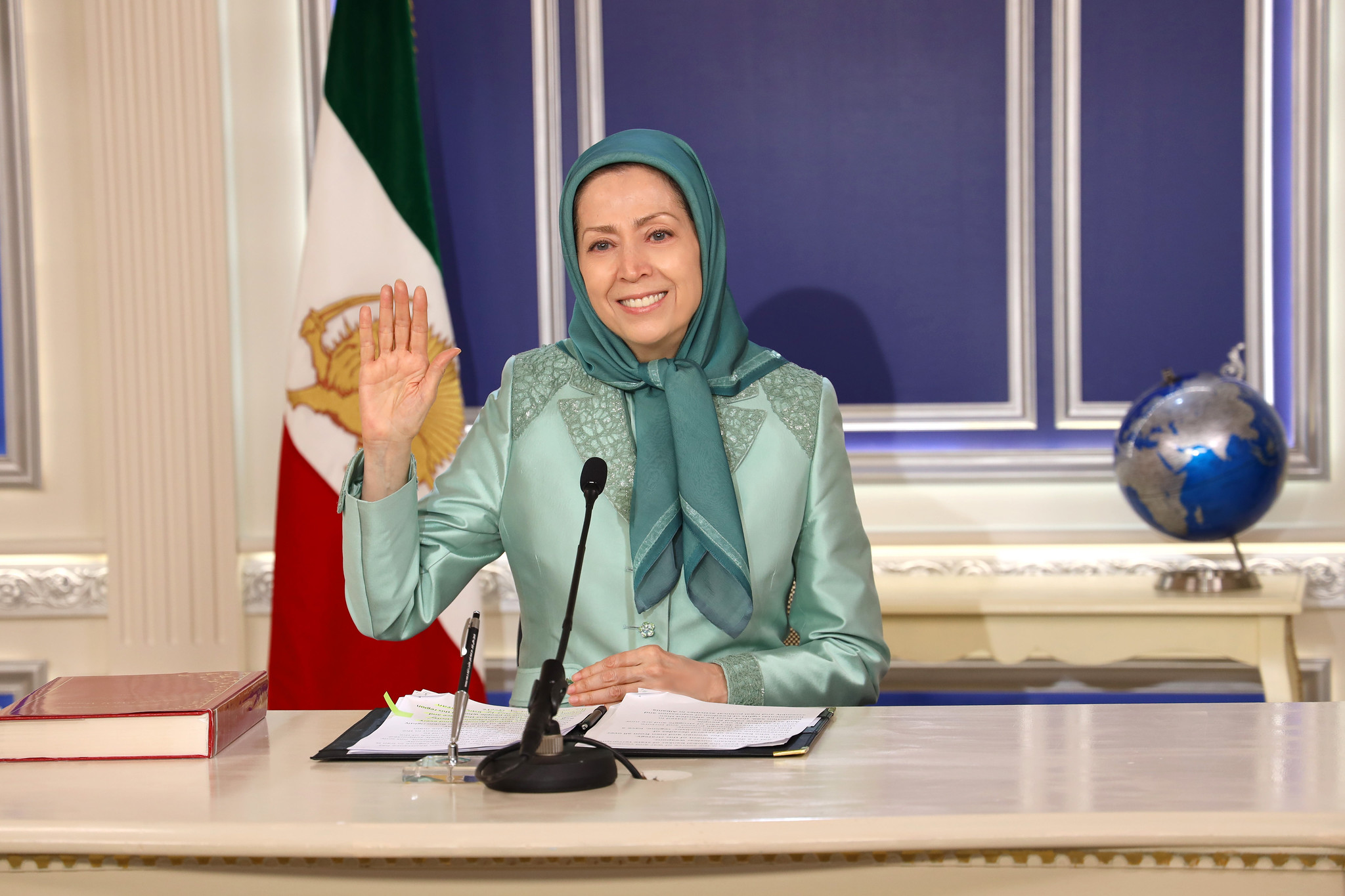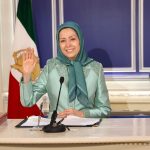Maryam Rajavi’s path reveals a steadfast commitment to reshaping Iran’s future through democratic ideals and human rights advocacy. Her vision challenges existing political structures and inspires hope for a society grounded in freedom and equality. Understanding her journey offers insight into Iran’s complex struggle between tradition and reform, highlighting the profound impact of leadership that seeks to transform a nation.
Iran at a Glance: Geography, Demographics, and Foundational Identity
Iran, ranked seventeenth globally in both size and population, spans 1,648,195 km² in West Asia and borders powerful neighbors like Iraq, Pakistan, and Turkey. Its landscape is famously mountainous, featuring the rugged Zagros and Alborz ranges, and the imposing Mount Damavand. The nation experiences a challenging climate, with water scarcity intensifying as rainfall remains uneven and arid zones grow. Learn more here.
This might interest you : Transform your energy expenses: discover how smart home tech is changing the way we manage power
Iran’s population reached nearly 85 million in 2025, driven by rapid urbanization, with about four-fifths residing in cities such as Tehran, Mashhad, and Isfahan. Ethnic diversity stands out: Persians represent the majority, while sizable Azerbaijani, Kurdish, Lur, Arab, and Baloch communities contribute unique languages and traditions. Persian (Farsi) unifies the nation as its official language but many dialects and tongues are spoken at home. The country designates Twelver Shi’a Islam as its state religion, but other faiths like Christianity, Judaism, and Zoroastrianism are present, demonstrating a layered spiritual identity.
Rooted in the grand legacy of the Persian Empire, Iran continues to draw upon centuries of dynastic shifts and cultural reinvention, with history woven deeply into its modern fabric.
In parallel : Revolutionizing urban living: the benefits of intelligent waste management systems in uk cities
Governance, Politics, and Contemporary Challenges in Iran
Iranian government structure is shaped by a unique intertwining of religious and republican institutions. The Supreme Leader, wielding the highest authority, directly oversees the armed forces, judiciary, and state broadcasting. Below him, the president manages day-to-day governance but acts within boundaries set by the Supreme Leader and the influential Guardian Council. This council, half appointed by the Supreme Leader, rigorously vets all candidates and legislation, centralizing power within religious authorities. Shiite Islam in Iran underpins this framework, with clerics holding significant sway over policy and the legal system.
Recent Iran politics have faced global scrutiny. Tensions over the Iran nuclear program escalated following collapsed negotiations and IAEA inspector withdrawals in 2025. International sanctions markedly strain the Iranian economy, amplifying social discontent. Iran news updates frequently report on diplomatic clashes, such as missile strikes and sanctions between Iran, the US, and Israel. These events underscore ongoing Iran conflict news and highlight the complexity of Iran Israel relations timeline, deeply intertwined with Middle East geopolitics.
Internally, Iran human rights issues persist. Crackdowns on dissent, gender equality activism, and minority rights are met with governmental resistance. Opposition voices, particularly Maryam Rajavi and opposition movements, advocate transformative reforms, secular governance, and the end of capital punishment.
Economy, Culture, and Global Connections
Iranian economy remains deeply intertwined with the Iran oil and energy sector, as the country holds the world’s third-largest oil reserves and significant gas resources. Oil exports contribute substantially to national revenue, although repeated sanctions have led to fluctuations in Iran currency and exposed vulnerabilities in daily trade. The Iran oil and energy sector’s challenges are compounded by an ongoing need to subsidize basic goods, driving persistent inflation and impacting living standards across both rural and urban regions.
Iran trade relationships show gradual diversification in response to pressure from sanctions. Partnerships with China, Russia, and neighboring countries have gained importance, while Iran and global diplomacy are shaped by ongoing nuclear talks and complex ties with powers such as the United States. Iran and United States relations frequently reach the headlines, as diplomatic efforts alternate with periods of heightened tension, especially when Iran breaking news surfaces about compliance or conflict over its nuclear activities.
Iranian art and architecture, including extraordinary Persian carpets and delicately designed mosques, provide a window into the nation’s cultural legacy. Numerous Iran cultural heritage sites, many protected as UNESCO World Heritage Sites, attract international attention. Additionally, Iran tourism attractions—ranging from the ruins of Persepolis to Isfahan’s historic squares—draw visitors eager to experience Iran’s layered history firsthand.






